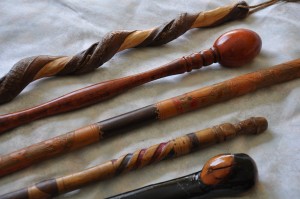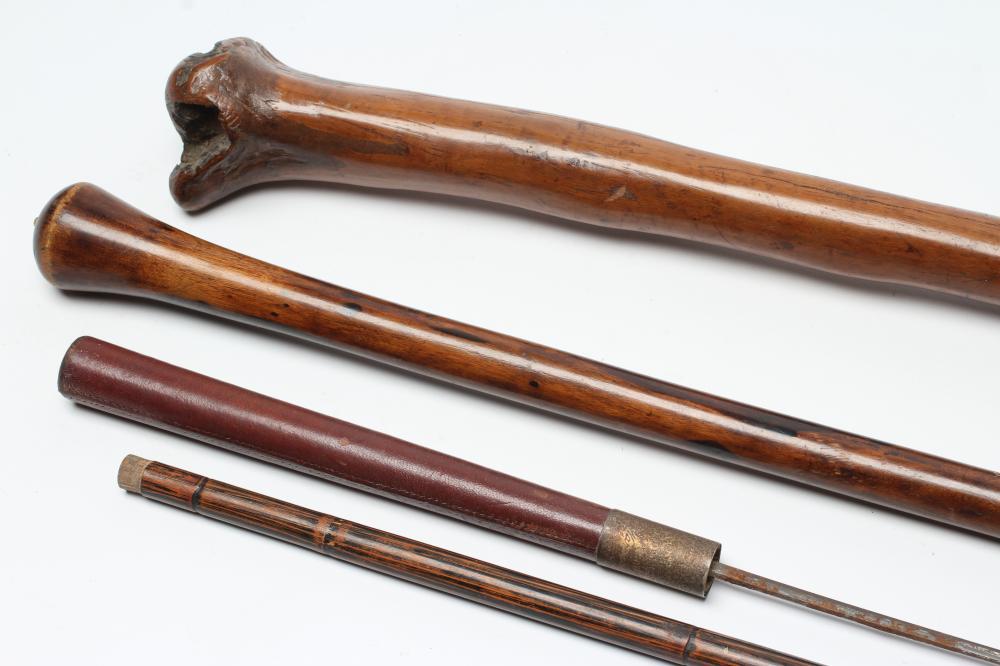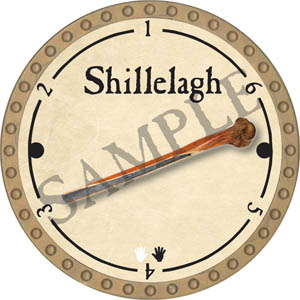


Eventually, it became synonymous for any Irish walking stick. In his wonderful book on Irish folklore, Padraic Colum quotes John Banim in this description of a mansion from his novel The Croppy: "solidly wainscoted with Shillelagh oak against which (as is said of the woodwork of Westminster Hall, also reputed Irish) the venomous spider of England durst not affix his web."Ĭuriously, it was from the pen of an English writer who, on seeing an oak cane and knowing where it came from, coined the term Shillelagh. Sadly, most of them were cut down and exported and, when you see how few trees remain in Ireland, there's little comfort in knowing that many famous buildings in Western Europe were built with Irish imported oak. The forest was once famous for its massive stands of fine oaks. Known by many names, including bata in Gaelic - which means, fighting stick - the original cane gets its name from the Shillelagh Forest in County Wicklow. Their weapon of choice would have been a cane made from oak, blackthorn, ash or holly. Very handy to have - but not something the Irish would have used at that time, or earlier. What I have mistakenly called a shillelagh all these years was once a very popular weapon in 19th-century London. In his very informative book, Things Irish, Anthony Bluett writes that according to a leading folklore authority, the short, stubby blackthorn cudgel sold to tourists as the "ancient Irish shillelagh" has no tradition in Ireland at all. "People will not look forward to posterity who never look backward to their ancestors." Tacumshin.Site Index | Kids | Kitchen | Shopping | Poetry | Weddings | Travel | Basic Irish | Quotes | Books | Music | Movies | Trivia | Blessings | Jokes | Links | It is clear that the generic element rinn cannot signify a promontory in the normal sense here it may refer to the pointed contour located at the convergence of the streams on the southern boundary of the townland. While not necessarily indicative of a direct link with the present place-name, the longstanding presence of the surname Ó Gaoithín in the county is nevertheless worthy of note here. Woulfe ( SGG p.539) notes that a family of this surname were once chiefs of Síol Éalaigh ( Shillelagh) in south Wicklow and states that the name is now common in Wicklow and Wexford. CI 53), which may derive from Baile Uí Ghaoithín “Ó Gaoithín’s town(land)”.

Also in that parish was the now-defunct place-name ‘Ballegehin’ ( Inq. Note, however, that the related surname Ó Gaoithín is normally now only found as Gahan in anglicised form in the southeast, with penultimate -a- as also seen in historical versions of this place-name.Īlthough the personal name Gaoithín does not occur in the genealogies of the Fotharta, who gave their name to the barony of Forth, the surname Ó Gaoithín is attested in anglicised form as ‘Simon Ogehyn’ (see Hore vi p.8) in the northern parish of Ferns in the thirteenth century. This would go some way towards explaining why there is no clear reflex of the vowel of the original initial syllable of Gaoithín, which would be expected to produce -e- or -ea- in anglicisation here. The local pronunciation with stress on the final syllable (12) may be due to the tendency in Yola, the dialect of English formerly spoken in this area of Wexford, to stress final syllables (see O’Rahilly, 1972 pp.94‒8 see also Dolan & Ó Muirithe, 1996 p.33). ‘Ringenehine’ (3), ‘Ringongheene’ (5a) and ‘Ringanagheene’ (5c) appear to be corrupt (see LnÉ i p.xiv). There is some variation in the historical forms of this anglicised place-name, but O’Donovan’s suggested ‘ Rinn Gaoithín’ (11) (see also BPP p.82) is consistent with most of the evidence.


 0 kommentar(er)
0 kommentar(er)
